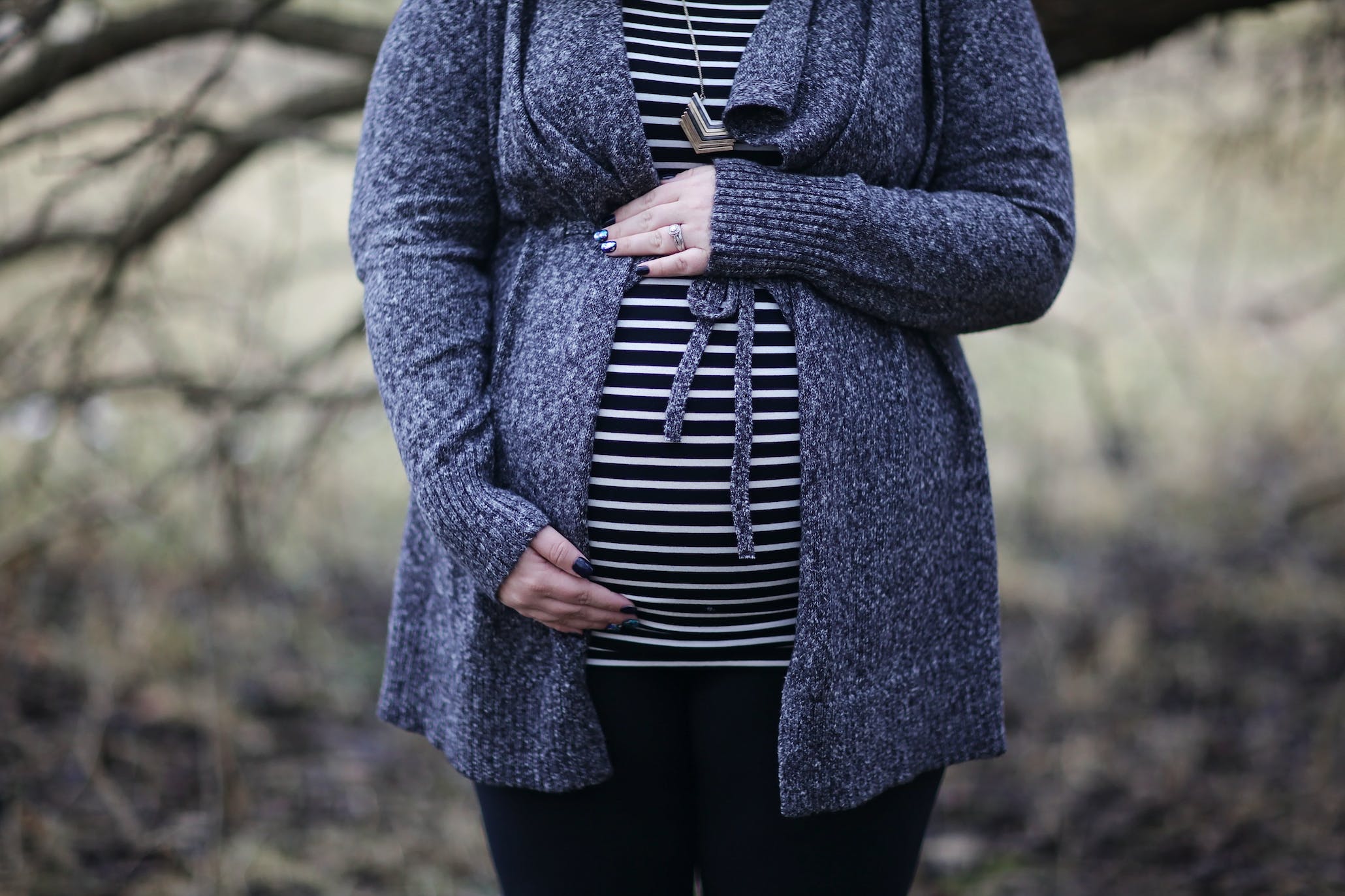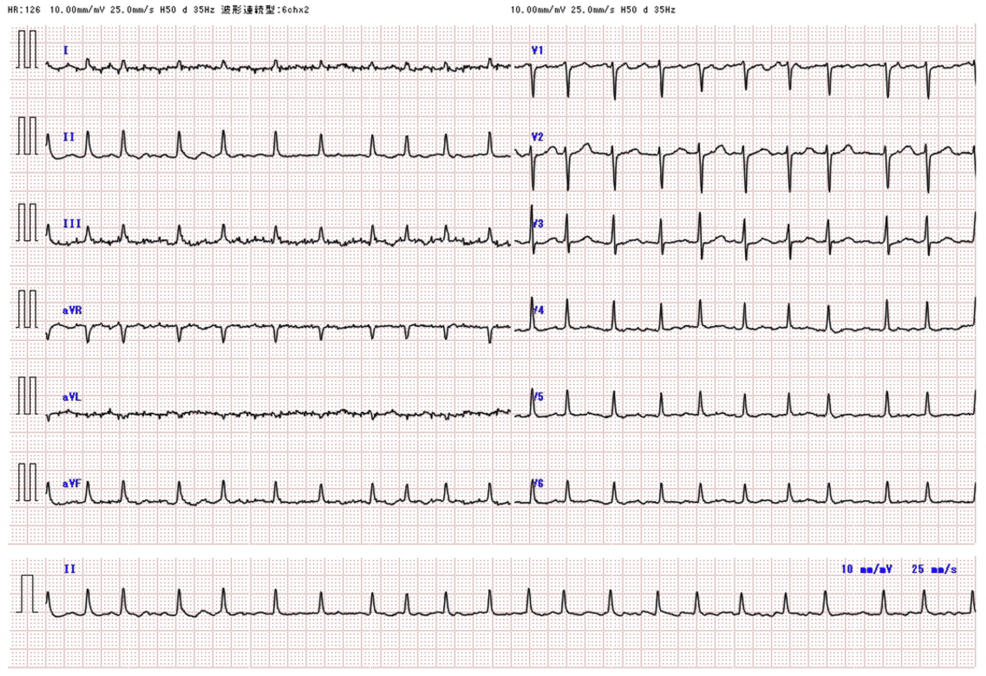Among pregnant women with HIV infection, oral rilpivirine-based antiretroviral regimens were associated with similar rates of adverse pregnancy and birth outcomes as nonrilpivirine regimens. The prevalence of overall birth defects was lower in the rilpivirine group and did not vary by timing of exposure.
METHODOLOGY:
- Researchers analyzed data from the Antiretroviral Pregnancy Registry to compare adverse pregnancy and birth outcomes among pregnant women with HIV infection who received oral rilpivirine-containing antiretroviral regimens and those who did not.
- They analyzed 4617 pregnancies from the US between 2011 to 2023 (median maternal age, 29 years); 781 received oral tablets or oral fixed-dose combinations of rilpivirine, and 3836 received regimens without rilpivirine.
- Outcomes included reported stillbirth, induced abortion, and live birth outcomes such as low birth weight (< 2500 g), very low birth weight (< 1500 g), premature birth (< 37 weeks’ gestation), and birth defects.
TAKEAWAY:
- The oral rilpivirine and nonrilpivirine groups had similar prevalence for induced abortion (age-adjusted prevalence ratio [aPR], 1.1), stillbirth (aPR, 0.6), premature birth (aPR, 0.8), and very low birth weight (aPR, 0.7; P > .05 for all).
- The prevalence of overall birth defects was lower in the oral rilpivirine group than in the nonrilpivirine group (aPR, 0.4; P = .0054). Similarly, rates of low birth weight were significantly lower in the oral rilpivirine group (aPR, 0.7; P = .0046).
- No significant difference was observed in the prevalence of overall birth defects between offspring of women exposed to oral rilpivirine in the first trimester and offspring of women exposed in the second and/or third trimester.
IN PRACTICE:
“These findings on the safety of oral RPV [rilpivirine]-containing ARV [antiretroviral] regimens in pregnant women and their offspring are reassuring for patients and HCPs [healthcare providers] and further support the use of oral RPV as per the current guidelines for the treatment of HIV infection during pregnancy,” the authors wrote.
SOURCE:
This study was led by William R. Short, Perelman School of Medicine, University of Pennsylvania, Philadelphia. It was published online on September 11, 2025, in HIV Medicine.
LIMITATIONS:
The registry relied on voluntary reports of cases from healthcare providers, which may have led to differential reporting. It was primarily designed to detect teratogenic effects, limiting the robustness of data on pregnancy outcomes. Enrollment of women after negative prenatal testing could have lowered the observed prevalence of birth defects. Moreover, this study could not distinguish the individual effects of other antiretroviral drugs on birth outcomes.
DISCLOSURES:
This study was supported byJohnson & Johnson. Six authors reported being employees of the funder and disclosed that they may be holding company stock or stock options. Other authors disclosed receiving consultancy fees or honoraria or having other financial ties with pharmaceutical companies.
By Devyani Gholap









